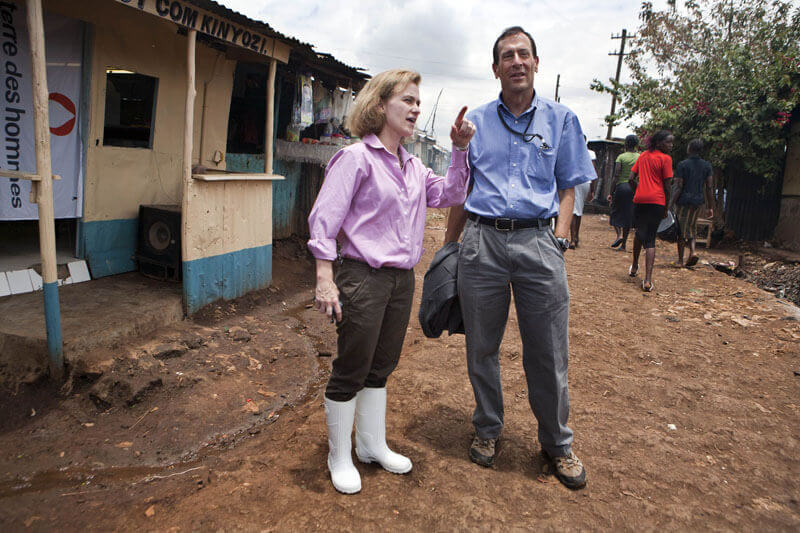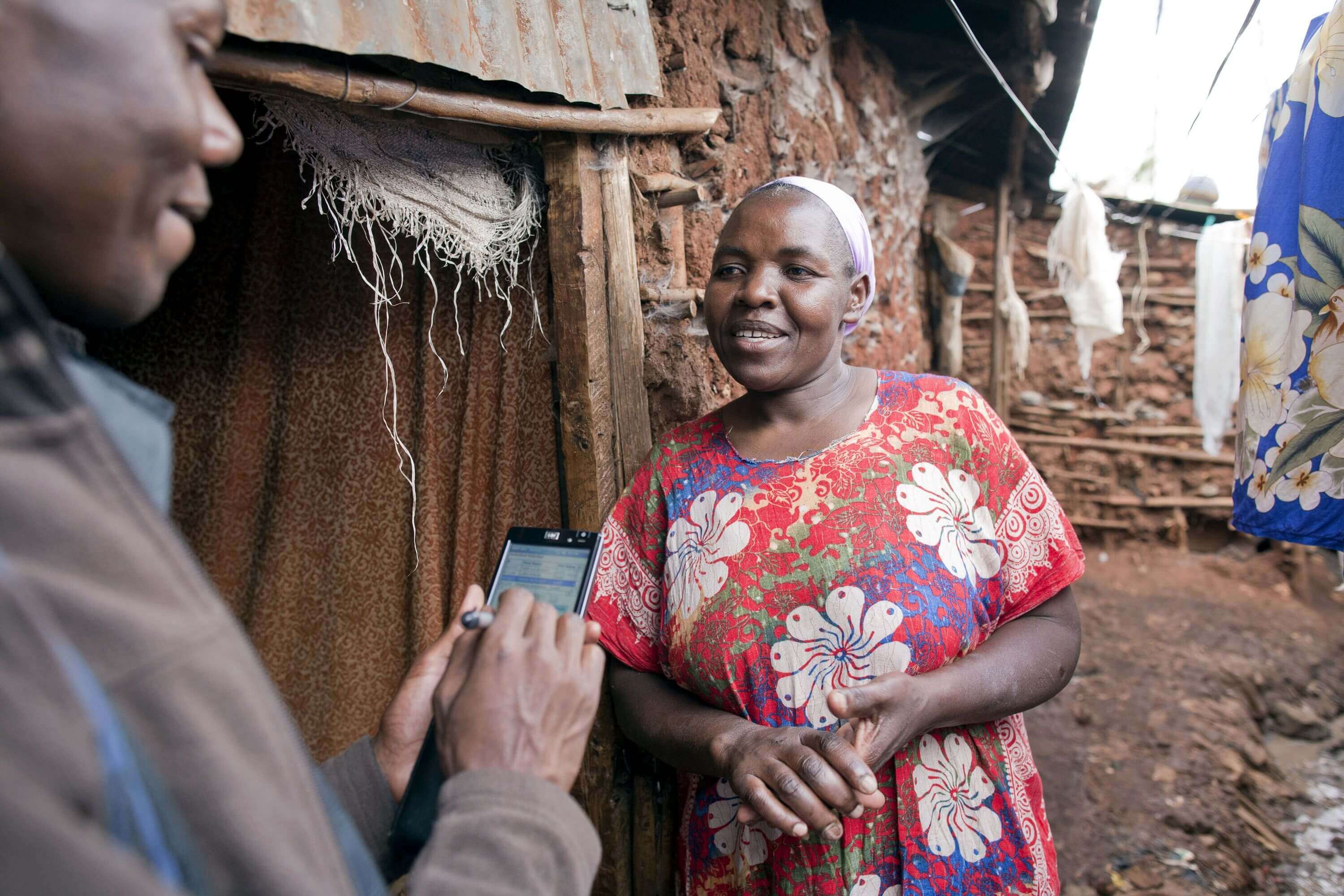John DonnellyGHTC
John Donnelly is a writer working with the GHTC.
John Donnelly, a writer working with the GHTC, will be blogging this week from our trip to visit global health research projects in Kenya. This is his first post from the field.
Inside a large room at the US Embassy in Nairobi, Robert F. Breiman, MD, the country director for the Centers for Disease Control and Prevention (CDC) in Kenya, explained a portion of the US-funded research in Nairobi’s largest slum, Kibera.
He referenced the recent hit movie, Contagion, in which an infectious disease speeds around the world, spread by air travelers and killing people within days of contact.
“It’s not that Contagion couldn’t happen like in the movie,” Breiman said. “But what we are doing in Africa is changing the whole game in detecting infectious diseases.”
During the beginning of the Global Health Technologies Coalition’s 10-day trip to Kenya to look at US-funded global health research and development (R&D), Breiman took us to Kibera to illustrate the use of technologies to control the spread of infectious disease and also to act as a warning system for the emergence of possible epidemics.
As we walked in CDC-issued gumboots over ground inside the slum that was literally human refuse, garbage, plastic bags and mud, Breiman said the US government started efforts to hold clinical trials and track infectious disease in Kibera in 2004. Before, it had only worked in rural areas in Kenya. He said the shift into Kibera came because of the rapid urbanization of the country and the knowledge that a new disease such as SARS “would spread in a far different way in a rural area than it would in a tinderbox like this.”
CDC officials held many meetings with residents about the project. “At first, we didn’t have their trust,” Breiman said. “Some people thought we would just be here for a few studies and then go.”

He said that the purpose of CDC’s studies in the area was clear: Collecting data to impact policy. He also told them that CDC was committed to starting a program and staying. The program gave study participants the benefit of free health care, which later led to the building a health clinic in the slum.
Of the many projects in two of Kibera’s 12 villages, Soweto and Gatwikera, one was a door-to-door HIV testing campaign, using rapid HIV tests; 80 percent—an astounding number—accepted the tests.
A second larger project has been an ongoing disease surveillance of 28,500 residents. CDC community health workers visit each resident’s household every two weeks, using hand-held PDAs to record detailed information on family members’ health. They collect data on fevers, diarrhea, tuberculosis, pneumonia, and jaundice. Any sick member of the family is referred to the health clinic.
“In the big cholera outbreak in 2010 in Nairobi, we detected it immediately because of our surveillance,” Breiman said. “Our team immediately jumped on it and started a safe water campaign.”
The CDC team also has detected a daunting number of typhoid cases, which was virtually wiped out in the United States in the late 19th century. “By the age of 10, one out of every five children has had typhoid in their blood in Kenya,” he said. “It’s extraordinary, almost unimaginable.”
Using population modeling, CDC estimated that 30,000 to 40,000 people contract typhoid every year in Kenya’s slums. It presented the data to the government of Kenya.
“This kind of early detection of dangerous pathogens is important before they wreck havoc in these communities and around the world,” he said.
Residents who have participated in the studies told us that they had their doubts at first, but now trust the CDC research.

“For me, I was distrustful at first,” said Margaret Opondo, 42, a widow with three children. “There are people who try to take advantage of those of us in the slums. They do tests or take photos and they benefit. But I do trust them now. I believe their work is very important.”
Last week, she said her son had a major nose bleed, and the clinic referred her to a hospital for treatment. He recovered, and Opondo didn’t pay anything. CDC covered the cost. “I was very happy about that,” she said.
Another resident, Agribina Asingwa, 47, said when CDC workers came to her door for HIV testing, everyone agreed to be tested – all 11. “If they hadn’t come and done that, it would have taken us a longer period to get tested. CDC made it easy for us.
“And,” she said, “I was really excited afterward. None of us tested positive.”
Next: A trip to the western Kenya city of Kisumu.